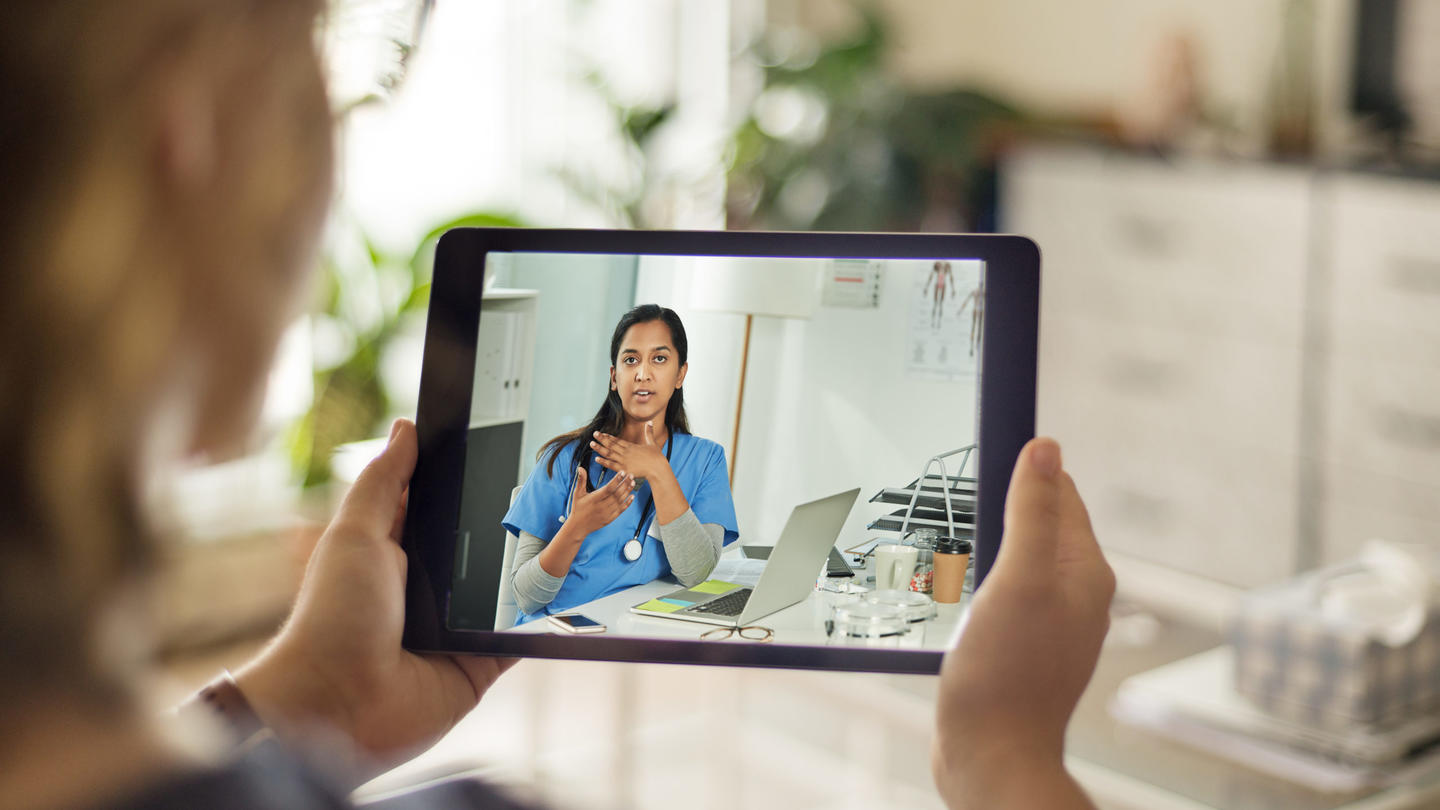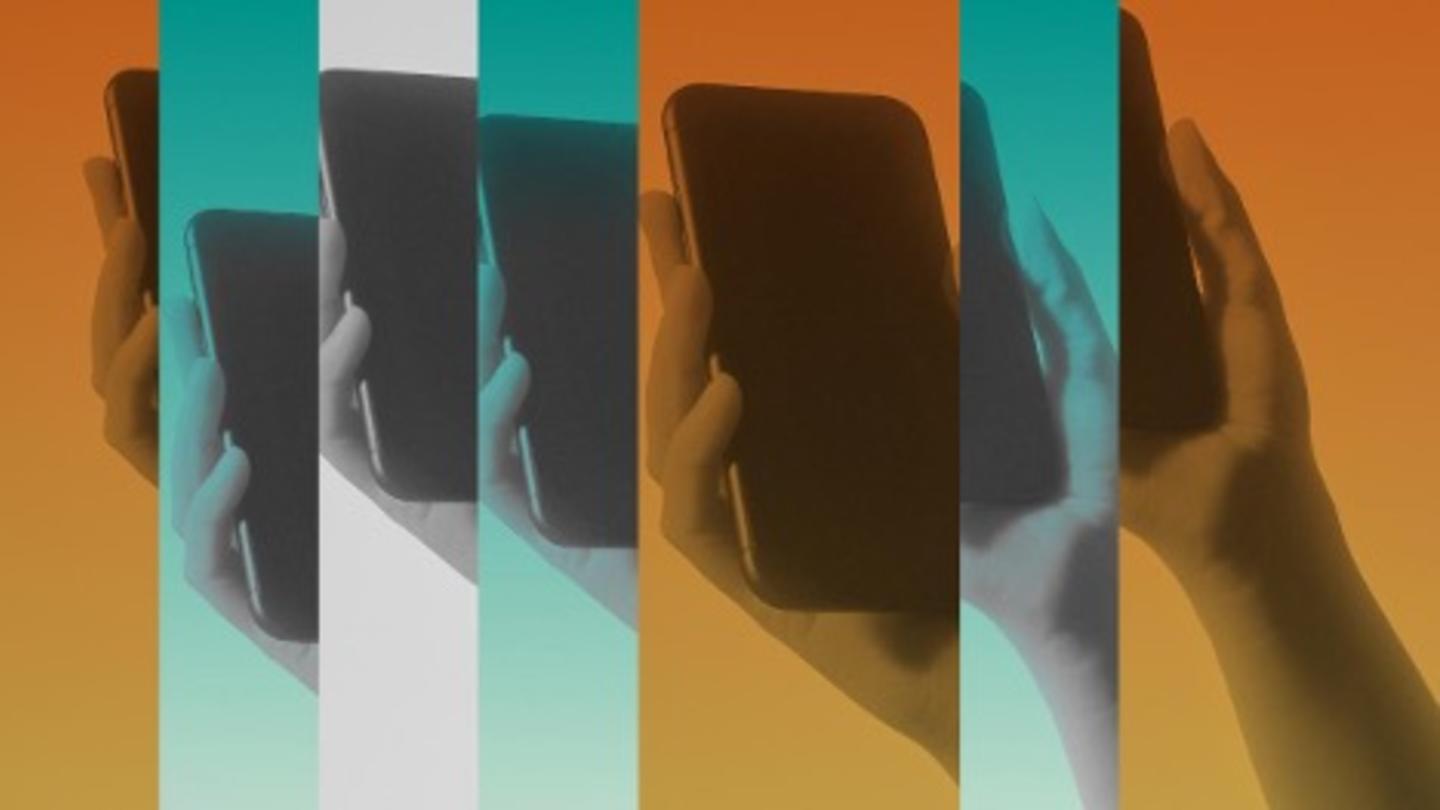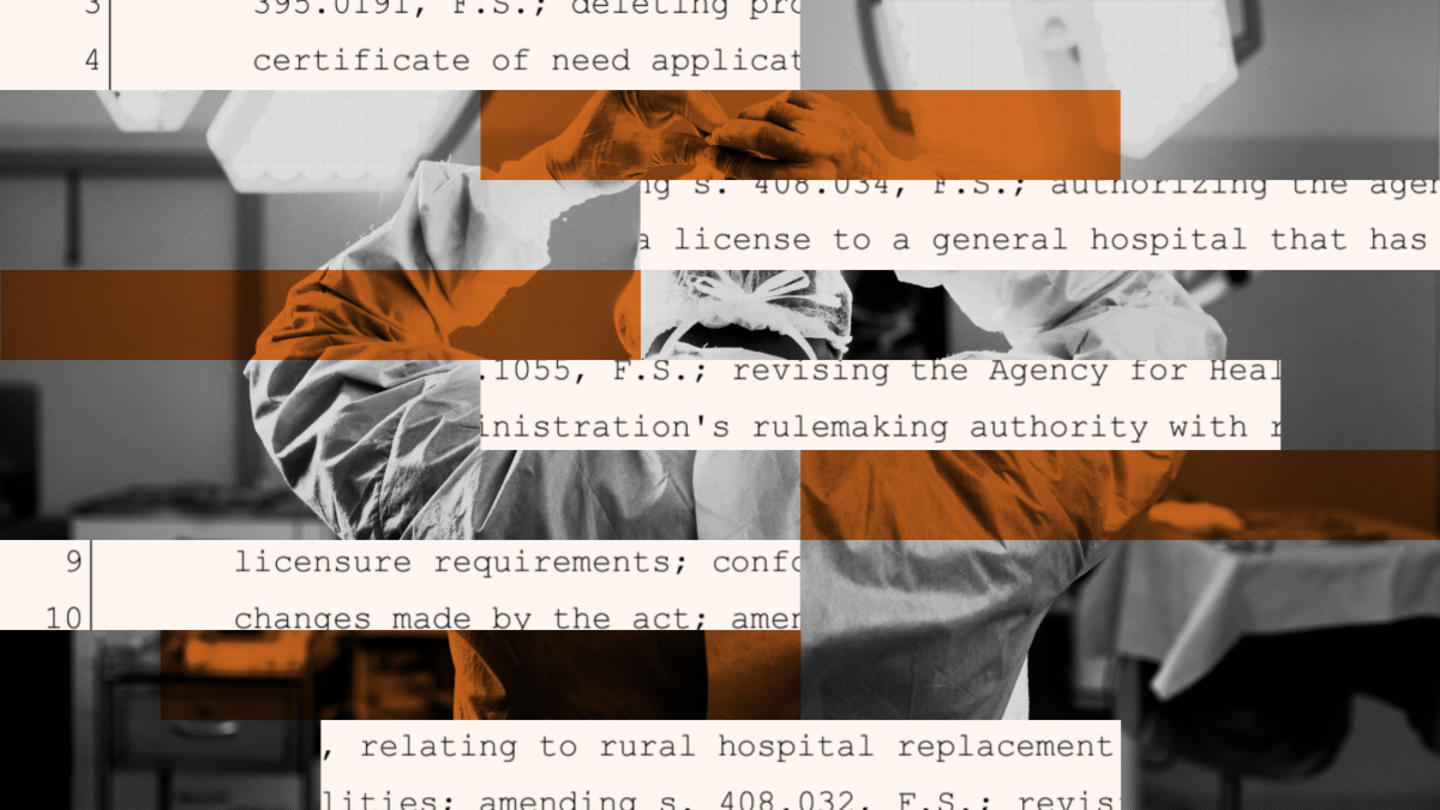Before the COVID-19 pandemic, telemedicine existed for decades as an innovative tool used by medical professionals to diagnose and deliver care to patients, particularly those living in rural areas or who have limited mobility.
Yet the need of this new technology has surged in the world of the COVID-19 pandemic, with new cases of the coronavirus spreading fast across the country requiring health care providers a new opportunity to rely more heavily on telemedicine to treat and diagnose patients in a more safe and accessible way.
As this technology becomes an indispensable tool in the fight against COVID-19, elected officials are working fast to remove restrictions — restrictions once believed to promote safety but in fact hinder access to this life-saving service.
What did that effort look like?
The federal government took action in early March to lift constraints on Medicare payments for telemedicine. That action allows beneficiaries to consult their doctors more freely.
State governors also acted to remove restrictions on telemedicine using emergency executive orders. Some directed the state Medicaid program to reimburse providers who use remote care to treat patients, an action that will allow more patients to access these critical services.
States also suspended licensing requirements on telemedicine, allowing all providers to offer the service. By allowing more providers to offer telemedicine, there will be increased capacity for medical professionals to offer treatment to more patients.
Some lifted the requirement that doctors and patients who wish to use telemedicine first establish an in-person relationship. This regulation was designed to ensure better care, but which, upon later reflection in the wake of COVID-19, was found to limit access to medical attention.
Reforms like these have the power to save lives. Telemedicine is a critical tool in improving access to health care and is especially critical to keeping both patients and healthcare providers safe while maintaining social distance.
It also reduces the burden on hospitals that need to ensure they have enough capacity for incoming patients. Telemedicine allows health care providers to treat low-risk patients and help them to recover from home. It will also help them identify high-risk patients and encourage those who require it to seek in-person treatment.
The result? Telemedicine will lower potential exposure to the coronavirus and keep more people safe.
Some defenders of those telemedicine regulations might claim that they're necessary to ensure public safety and prevent malpractice. Nevertheless, studies have shown that telemedicine produces comparable and sometimes better health care outcomes than in-person visits.
As we begin to better understand the benefits of telemedicine and how they can offer more accessible and flexible options for individuals and families who need it — especially those vulnerable communities with more difficult access to transportation and other benefits — it's worth asking: Why would we not suspend these restrictions permanently when the COVID-19 pandemic is over?
After all, we've seen the capacity of these reforms to make a meaningful difference in the lives of patients across the country. What's more, we know that tightened regulations on telemedicine have not made Americans safer.
Removing these restrictions entirely would drastically improve patients' health care outcomes, now and in the future.
The spread of the coronavirus has shown our elected officials how health care professionals — empowered by innovative medical technology — can provide more care, use resources more efficiently, and most important, save more lives.
When we remove restrictions on these medical innovations, we can continue to provide top quality care to more people, long after the COVID-19 pandemic comes to an end.




